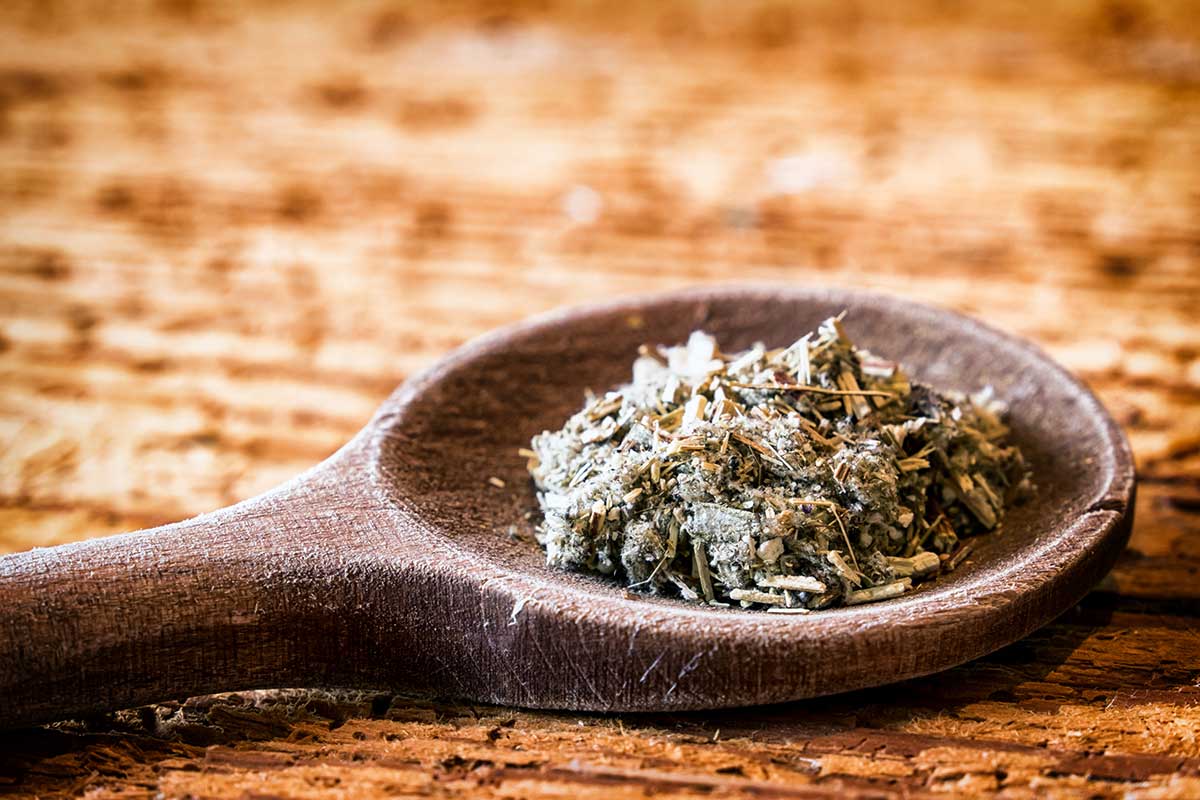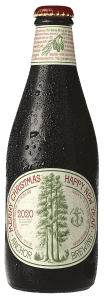December 27, 2020 | By Mike Schram
As craft beer has gained more mainstream popularity over the last decade the age old question of “what makes a beer?” has resurfaced. Water, barley, yeast, and hops have defined the staple components of a beer for the better half of a millenia, but beer has contained a plethora of other ingredients over its storied history. In a modern world full of “pastry stouts” and “milkshake IPAs” brewers have been redefining the term “adjunct ingredient” and creating a much more diverse and inclusive definition for what a beer is. “Adjunct ingredient” used to define a category of beer-making grains that were often unmalted or of lower quality, such as corn and rice, but this umbrella term has evolved to include much more attention-grabbing ingredients including fruit puree, marshmallow fluff, and even whole donuts! This type of creativity in beer brewing harkens back to a simpler time where beer was brewed out of necessity, and it was flavored with almost anything readily available. These herbaceous flavor mixtures were known as “gruit” and were one of the defining characteristics of beer prior to the standardization of hops as a key ingredient in the 14th and 15th centuries.
To understand the advent of gruit beers one must first understand the necessity of beer in medieval times. After the collapse of the Roman empire in the 5th century, the structure of civilization in Europe had more or less deteriorated. Beer had historically held great importance as both a bacteria-free source of hydration and as a nutritional supplement. There was very little established process or guidelines for producing grain-based alcoholic beverages, doubly so after Rome’s collapse, and thus every town, village, and family had a unique process and ingredient list for making beer. These conditions led to the use of local herbs, spices, and plants known as gruit mixtures to produce beer.

Gruit ingredients varied regionally and a large portion of them would not be familiar to modern drinkers. Based on their names alone – sweet gale, mugwort, yarrow, ground ivy, horehound, calluna heather – one might think they’d found themselves in the world of Harry Potter. Other gruit ingredients may seem more familiar – juniper berries, ginger, caraway seed, nutmeg, cinnamon, mint – though certainly not overly common in modern beers. These adjunct spices and herbs would be added alongside grains, water, and yeast (though undiscovered at the time, a necessary ingredient) to produce a “beer-like” beverage with a name that became synonymous with the mixture itself – a gruit! This mixture became the dominant presentation for grain-based alcoholic beverages until the rise and eventual standardization of hops in beer during the 14th and 15th centuries.

Gruit was incredibly popular both due to its simplicity to produce and its utility as a source of potable hydration and nutrition, but ultimately its time in the limelight didn’t last. Brewers began introducing the hop plant to beer as early as the 9th century, and they quickly rose to prominence in central Europe. Eventually in 1516 the Bavarian government made it illegal to produce beers using gruit mixtures through a law known as the “Reinheitsgebot”, or “German Purity Law” in English, which mandated that beers could only be brewed with water, barley, and hops. This law signaled the demise of gruit based beers in Europe as the various gruit mixtures were no longer legal to brew with and additionally hops presented many advantages over gruit mixtures, the most important being the element of preservation. Hops keep beer from spoiling and allow its flavors to fare much better over time, something that was unfortunately not a property of common gruit additions.
Many modern breweries, inspired by the gruit makers that came before them, have attempted modern recreations of traditional gruit beers. Anchor Brewing in San Francisco, arguably one the most famous breweries in America, produces a gruit by the name of “Our Special Ale” containing spruce tips in the gruit mixture. The style has received so much modern attention that in 2013 craft brewers elected to mark February 1st as ‘International Gruit Day’ each year to pay respect to the beverage’s history. For some breweries it’s simply an homage to a long-dead beer style, to others it’s an attempt to resurrect gruit popularity in modern times, but one thing is for certain: gruits helped pave the way for the incredibly creative and diverse selection of craft beer styles available on the market today.